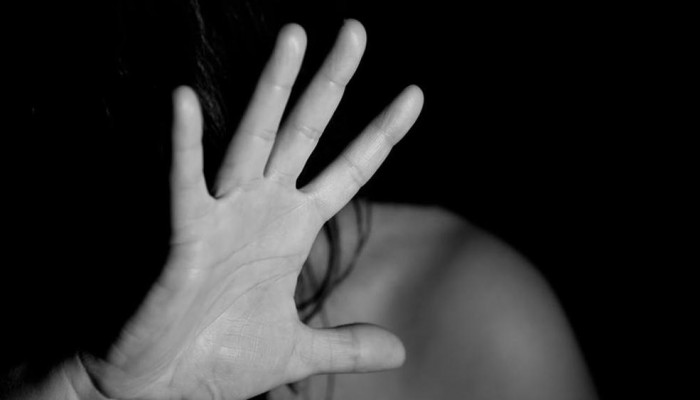South Africa and its current responses to combating human trafficking
Human trafficking is one of the most egregious human rights violations in the current era, bringing high earnings to traffickers through the acquisition and exploitation of human beings by improper means such as coercion, fraud or deception as it is defined in Article 3(a) of the 2000 United Nations (UN) Protocol to Prevent, Suppress and Punish Trafficking in Persons, that South Africa (SA) acceded on the 20th February 2004.
Within this framework, the South African Development Community (SADC) region remains a fertile ground for traffickers who prey on the vulnerabilities created by a number of factors including conflict, poverty, limited access to healthcare and education, gender inequalities, high rate of unemployment, and a general lack of opportunities, particularly for women.
The SADC International Conference on Poverty and Development already noted in 2008 that poverty affected as much as 45% of the population in the area and was particularly acute among vulnerable groups such as rural and peri-urban households, and families headed by older persons and children due to the impact of the AIDS virus.As I said, this situation is also linked to the trafficking of women and children in the area that SADC commits to fight.
SA, is the only African country to sit at the G-20, the premier forum for its members’ international economic cooperation and decision-making.However, according to the recent edition of the United States (US) Trafficking in Persons Report, still in 2017 ‘[SA] does not fully meet the minimum standards for the elimination of trafficking’, with the local Police Service (SAPS) widely criticized, by both civil society and Non-Governmental Organizations (NGOs) on the ground, for not identifying victims, even after NGOs conducted preliminary identification screenings.
If some of the countries in the area represent mostly source and/or transit for the trafficking of persons, SA represents also a destination country for men, women, and children subjected to forced labour and sex trade, making the analysis of what is happening in this country multi-faceted.
From a legal point of view, after more than nine years that SA adopted the 2000 UN Protocol to Prevent, Suppress and Punish Trafficking in Persons, Especially Women and Children, supplementing the UN Convention against Transnational Organized Crime, and sixteen years after having adopted the 1957 ILO Convention Abolition of Forced Labour Convention (No. 105) (adopted on the 5th March 1997), on the 29th July 2013, the SA President, Jacob Zuma, signed into law the country’s first comprehensive legislation on human trafficking, the Prevention and Combating of Trafficking in Persons Bill No. 7 (PCTPB), which had the goal to implement the country’s international obligations with respect to the ongoing serious situation.
This piece of legislation represents a milestone in the history of SA, embracing a broad definition of ‘trafficking’ (Section 1 of the Bill). The legislation criminalizes various acts constituting or relating to trafficking in persons, imposing severe penalties for violations, such as the trafficking in persons in itself, punishable by a maximum of life imprisonment (Sections 4(2) and 13(b)) or engaging in conducts causing a person to enter into debt bondage, crime punishable by up to fifteen years of imprisonment (Sections 5 and 13(c)).
In spite of cases increasingly debated in front courts, however, until now local authorities seems to have made little progress in prosecution of traffickers connected to international syndicates involving Nigerian, Thai, Chinese, Russian, or Bulgarian traffickers, who dominate the commercial sex industry in the country.
In effect, the government did not prosecute or convict any officials allegedly complicit in trafficking offences, despite allegations of complicity involving immigration and law enforcement officials. In addition, also SAPS officers have been accused to accept bribes not to investigate sex trafficking. However, while the majority of trafficking victims in South Africa are labour trafficking victims, the government did not prosecute or convict any labour traffickers in 2016.
Generally speaking, and in spite of the fact that SA adopted the main conventions on the subject, its government seems still not to make an adequate effort to reduce the demand for commercial sex and forced labour. It is not even really clear how many the victims of trafficking in the country are with reliable statistics on the nature and extent of human trafficking in the country lacking and with the claim, seemingly exaggerated, that every year 30,000 children are trafficked in the country.
However, to date and since the adoption of the 2013 Bill, SA has not delivered yet any comprehensive report about the situation of the trafficking of persons in the country.
In the end, it seems to me that in SA, and in spited of the many efforts made until now, there is still a long road to traverse before having reached an acceptable level both of protection for vulnerable people subjected to trafficking and of prosecution of the ones found guilty of this hideous crime affecting the entire African continent.
